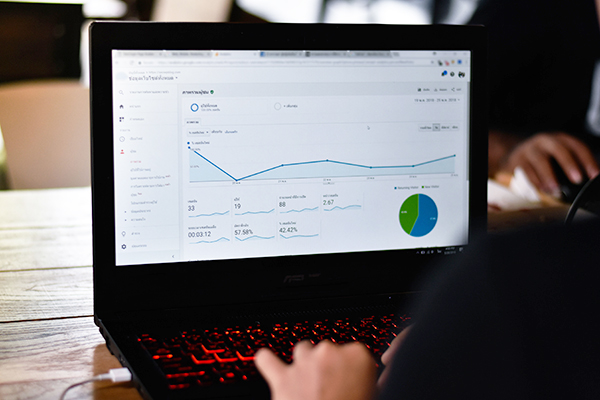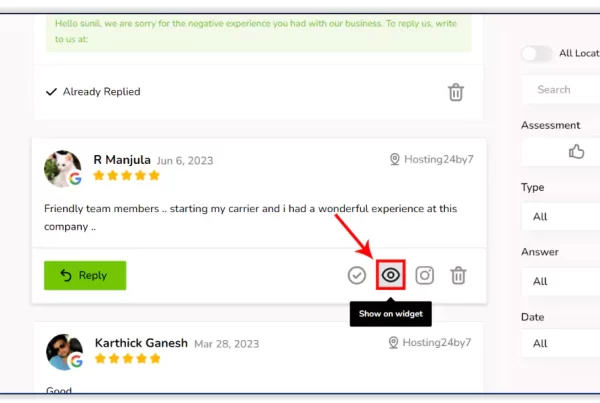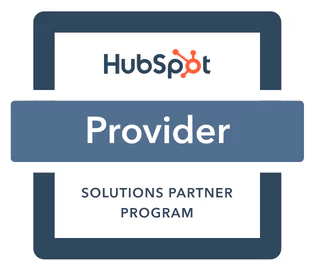
TL;DR
Optimize Old Content: Your old content still has value—it just needs a refresh.
Updating outdated blog posts and articles boosts traffic, improves SEO, and enhances user experience.
By optimizing keywords, improving readability, and adding visuals, you breathe new life into existing content.
Promoting revamped content across channels ensures it reaches a wider audience.
Track performance to maximize results and consistently drive more traffic over time.
Table of Content
1. Introduction: Why old content is still gold
2. Why Should You Optimize Old Content?
3. Conduct a Content Audit
4. Step 2: Key Optimization Strategies
5. Step 3: Promote Your Revitalized Content
6. Step 4: Monitor Your Results
7. What to Avoid When Optimizing Old Content
8. Conclusion
Introduction – Optimize Old Content
You’ve created valuable content, like blog posts, articles, and guides, that once brought steady traffic to your website. However, over time, this traffic has declined. Does that mean your older content is lost forever? Absolutely not! In fact, your old content is still a hidden treasure that, with the right tweaks, can drive new traffic and help strengthen your online presence.
Why let your hard work gather digital dust when you can refresh it to perform better? Optimizing old content is a cost-effective way to boost website traffic. It allows you to leverage existing backlinks and authority, which can give you a competitive edge in search rankings.
Why Should You Optimize Old Content?
Before diving into how to optimize, let’s look at the “why” behind it:
- Increased Visibility: By updating old content with new information and relevant keywords, you can improve its visibility in search engine results, bringing in more organic traffic.
- Improved Search Engine Ranking: Search engines favor fresh, updated content. Regularly updating your content signals to search engines that your site is active and provides relevant, current information.
- Better User Experience: Outdated content can frustrate users. By improving your content’s readability and formatting, you make it more engaging and valuable to visitors, which can lead to longer time spent on your pages and reduced bounce rates.
- Leverage Existing Authority: Older content may already have backlinks and social shares. Optimizing it allows you to use this authority to attract more visitors.
- Cost-Effective: Updating old content usually takes less time and resources than creating new content, making it a budget-friendly strategy to boost your website traffic.
- Seizing New Opportunities: The landscape of your industry may have shifted, and new topics or questions could arise. Updating old content lets you stay ahead and establish authority in new areas.
- Wider Reach: By updating keywords and promoting the content, you can target new segments of your audience who might not have discovered the content before.
Step 1: Conduct a Content Audit
The first step in Optimize Old Content is conducting a content audit. This means assessing your current content to see which pieces are worth updating. Here’s what you need to do:
- Use Analytics: Tools like Google Analytics can show which content has low traffic, high bounce rates, or short time spent on the page. These are your best candidates for optimization.
- Update Information: Look for outdated statistics, broken links, or irrelevant information, and replace them with accurate, current facts.
- Identify Keywords: Check what keywords your content currently ranks for and find opportunities to target higher-volume or more relevant keywords.
- Assess Readability: Ensure your content is easy to read. Break up large blocks of text with headings, subheadings, bullet points, and images. A clear, well-organized structure is key.
- Pick Content with Potential: Focus on content that performed well in the past or covers evergreen topics. These pieces are easier to improve and will yield better results.
Step 2: Key Optimization Strategies
Once you’ve identified the content to update, follow these optimization strategies:
- Update Information: Make sure all facts, stats, and examples are current. Use credible sources to back up your claims.
- Enhance Readability: Break your content into smaller sections. Use headings, subheadings, and bullet points to make it easier to scan. Short paragraphs and simple language improve readability.
- SEO Optimization: Do keyword research to find the most effective keywords for your audience. Naturally incorporate these into the title, headings, subheadings, and body text.
- Meta Descriptions and Title Tags: Write compelling meta descriptions and title tags that contain your target keywords and accurately reflect the content.
- Add Visuals: Include images, videos, infographics, and other multimedia elements to make the content more engaging.
- Improve Calls to Action: Ensure your calls to action (CTAs) are clear and encourage readers to take the next step, whether it’s subscribing, downloading, or contacting you.
- Expand Content: If the content is lacking depth, take the opportunity to add more value by covering key points in more detail.
- Internal Linking: Add links to other relevant pages on your site to encourage visitors to explore more of your content.
- Repurpose Content: Turn old content into new formats, like videos, infographics, podcasts, or social media posts, to reach a broader audience.
Step 3: Promote Your Revitalized Content
Optimize Old Content is only half the battle; now it’s time to spread the word. Here are ways to promote your updated content:
- Share on Social Media: Announce your updated content across your social platforms, highlighting the new information and improvements.
- Notify Email Subscribers: Let your subscribers know about the updates and encourage them to check out the refreshed content.
- Consider Paid Promotion: If you have the budget, use targeted social media or search engine ads to give your updated content a boost.
- Link to New Content: Whenever you create fresh content, link it back to the updated content to help it gain traction.
- Reach Out for Backlinks: If your old content had backlinks, contact those sites and inform them about the updated version, encouraging them to link to it again.
Step 4: Monitor Your Results
After optimizing and promoting your content, track its performance to see what’s working. Monitor key metrics like:
- Organic traffic
- Search engine rankings
- Time spent on the page
- Bounce rates
- Conversions
These metrics will help you understand the effectiveness of your strategies and guide future content optimization efforts.
What to Avoid When Optimize Old Content
While optimizing old content is powerful, avoid these common mistakes:
- Only Changing the Date: Search engines can detect if you’ve only updated the date without improving the content. Ensure your changes add real value.
- Neglecting Current Keywords: Stick to using up-to-date and relevant keywords, as old ones may limit your reach.
- Ignoring Readability: No matter how good the information, poorly formatted content will turn readers away.
- Not Promoting: Simply updating content won’t help if no one sees it. Be sure to promote it to attract fresh visitors.
Conclusion
Optimizing your old content is an effective and often underutilized strategy for boosting traffic and enhancing your online presence. By updating outdated information, refining SEO, and promoting your content through various channels, you can tap into the hidden potential of your existing material. This approach not only saves time and resources but also helps you maintain relevance in a constantly changing digital landscape. Regularly auditing and improving your content ensures that it continues to deliver value to your audience, attract new visitors, and support your overall marketing goals. Don’t let your older content fade into obscurity—revitalize it and reap the rewards.










